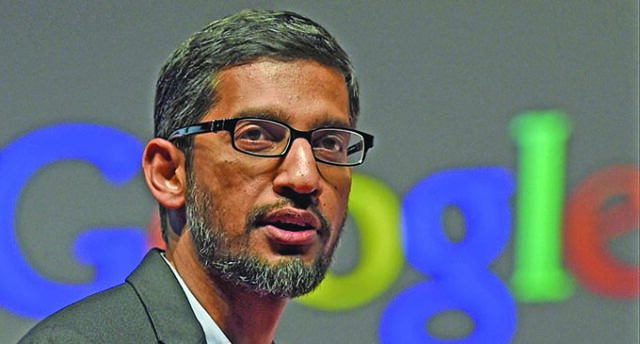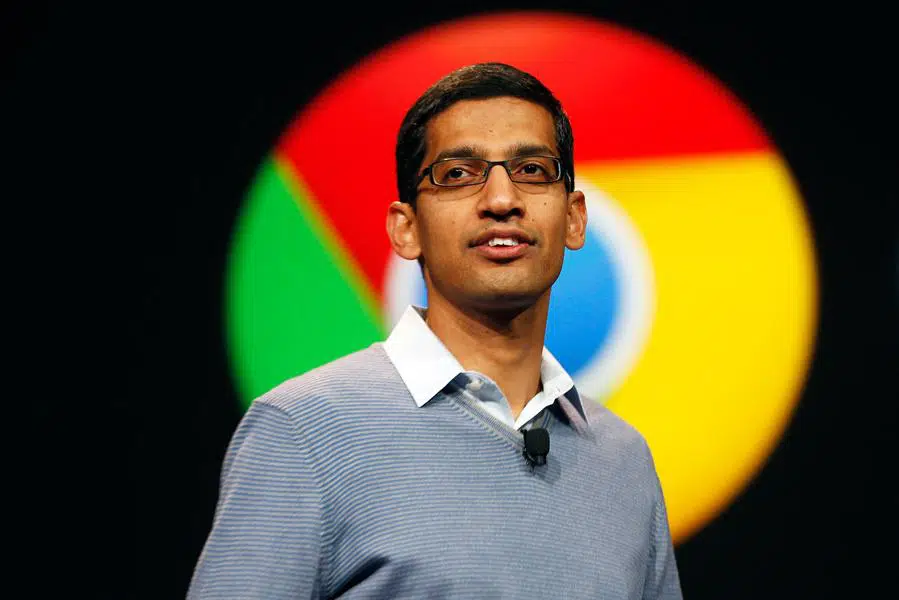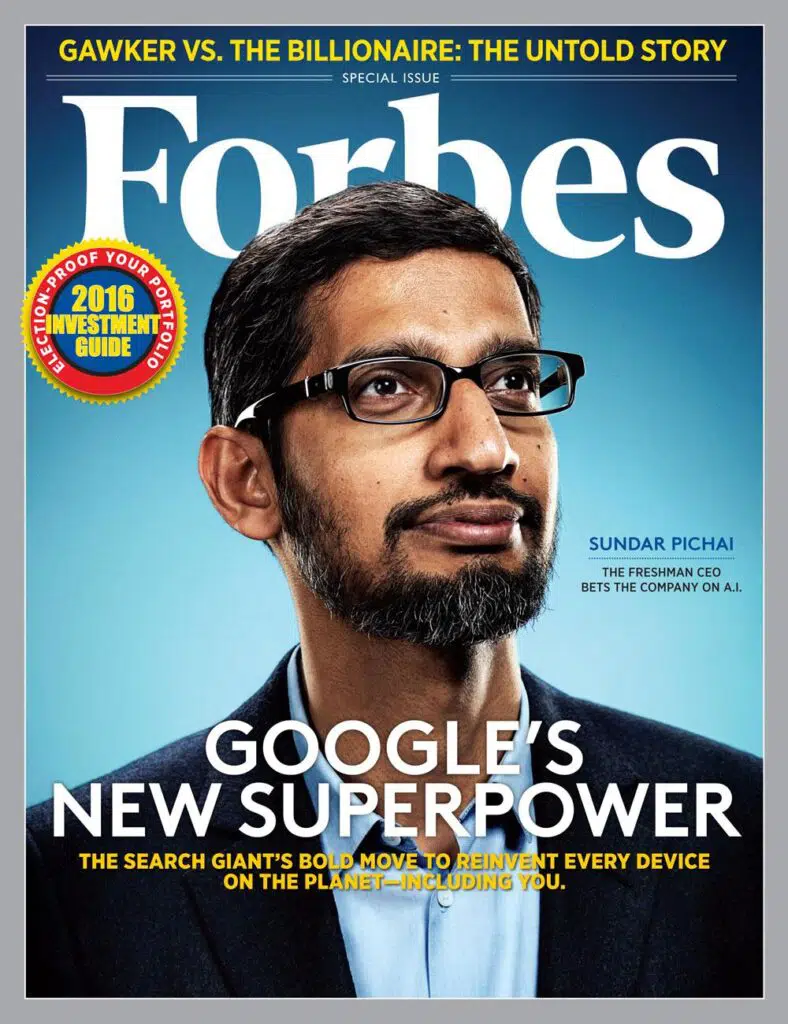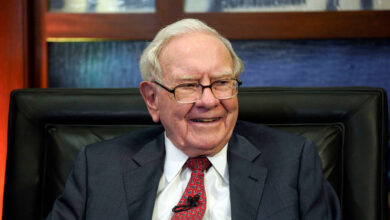Sundar Pichai: How the young Indian man ascended to the throne of Google

Sundar Pichai is a young, middle-class Indian man who rose to fame at Google, where he rose through the ranks to become its CEO. What is the success story of Sundar Pichai, who sits atop Google? And how did a man who could never afford a $60 backpack manage to become the leader of one of the world’s most important tech companies?
Sundar Pichai’s early life
His full name is Pichai Sundararajan. He was born on July 12, 1972, and grew up in Chennai, a city in southern India. His father worked as an electrical engineer for General Electric, while his mother worked as a writer before he and his younger brother were born.
His family was middle-class Indian, and Pichai and his brother slept together in the same room in their two-room apartment. His family didn’t own a car until he was 12.
Sundar Pichai studied metallurgical engineering at the Indian Institute of Technology in Kharagpur, before his academic excellence there helped him secure a scholarship to study at Stanford.
Silicon Valley
Moving from India to California was a huge leap. “I’ve always loved technology,” Pichai said in an interview. “Growing up, I had dreams about Silicon Valley. I would read about it and hear stories about it from my uncle.”
When he arrived in the United States, the cost of living was so high for the young Indian that he “gave his mouth open” when he learned that a backpack cost $60.
After failing to secure a loan to cover expenses, his father withdrew $1,000 from the family’s savings—an amount that exceeded his annual salary. “My mom and dad did what many parents did at the time,” Pichai said. “They sacrificed a lot of their lives and invested a lot of their income into making sure their children were educated.”
Pichai earned his master’s degree from Stanford University and then worked at Applied Materials as a product manager before resigning to attend the Wharton School of the University of Pennsylvania to pursue an MBA.
After earning his MBA, Sundar Pichai moved to work for the renowned consulting firm McKinsey, before leaving that firm and taking the step that would dramatically change his life.
The Great Leap… Google

Pichai interviewed for a job at Googleplex—the original name for Google—on April 1, 2004, the same day the company launched Gmail.
Everyone, including Pichai himself, initially thought the free email service was just another of Google’s infamous pranks.
He started working as part of a small team that developed the Google toolbar for web browsers, which provided users with easy access to the search engine.
In 2006, in a shocking move for Google, Microsoft made Bing the primary search engine for Internet Explorer users.
At the time, Sundar Pichai suggested that Google build its own browser, but former Google CEO Eric Schmidt initially opposed the idea, believing it would be too expensive for the company to develop its own browser.
Sundar Pichai somehow managed to convince company founders Larry Page and Sergey Brin of the idea, and he was given the job.
While working on the new browser, Sundar Pichai tried to avoid most of the drawbacks of other browsers, and the result was Google Chrome, which was launched in 2008.
Google Chrome’s success was beyond imagination, as it surpassed all other browsers, such as Internet Explorer and Firefox, to become the world’s number one browser, capturing nearly 45% of the global market in 2015.
Sundar Pichai’s leadership style
As a leader, Sundar Pichai has always been popular and results-oriented, and his approach to the Internet Explorer problem helped him gain attention and more responsibility, such as heading the Android division in 2013.
One of Sundar Pichai’s most notable efforts was ensuring Android’s integration with Google, before that became his primary mission in March 2013, succeeding Andy Rubin.
One of the key points that contributed to Pichai’s significant rise within the company was his role in helping Google raise $3.2 billion to acquire Nest in 2014.
Sundar Pichai has remained loyal to Google despite being approached twice by Twitter for senior positions, most notably CEO, and Microsoft having its eye on him as it searches for a CEO to succeed Steve Ballmer.
So it was clear to Google’s founders that if they didn’t act quickly, they would lose Sundar Pichai’s amazing services and capabilities.
Sundar Pichai at the helm of Google
Given his previous successes with both Google Chrome and Android, Sundar Pichai took a major leap in his career in late 2014 when co-founder Larry Page appointed him Chief Product Officer.
Almost a year later, when Google surprised everyone with its restructuring, the decision to appoint Sundar Pichai as Google’s CEO wasn’t a surprise, as he was already responsible for its core products at the time and everyone considered him the ideal candidate for the position.
Sundar Pichai was and remains popular within Google, perhaps due to his focus on results over personal glory and his reluctance to seek praise. His popularity soared after he was appointed CEO.

Many at the top of American tech companies are well aware that Sundar Pichai is one of the most flexible CEOs, and is often seen by some as a better fit than Google co-founder Larry Page.
All of the above logically justifies why Sundar Pichai, with his unique mindset, receives a salary and bonuses that may seem “huge” to some, but are the result of study, hard work, perseverance, and a vision capable of transforming things.

